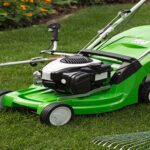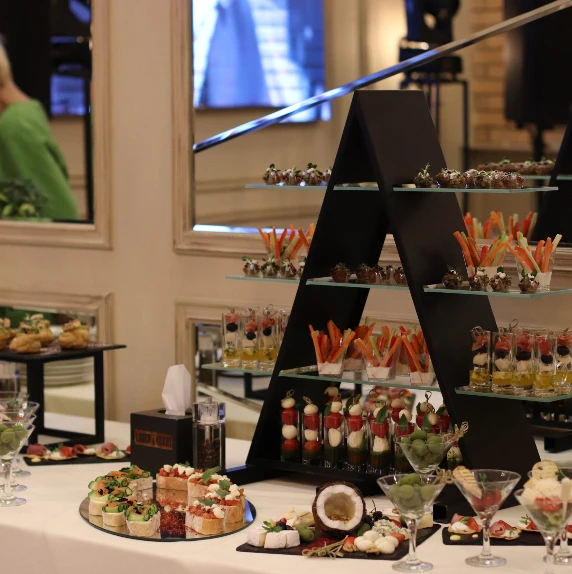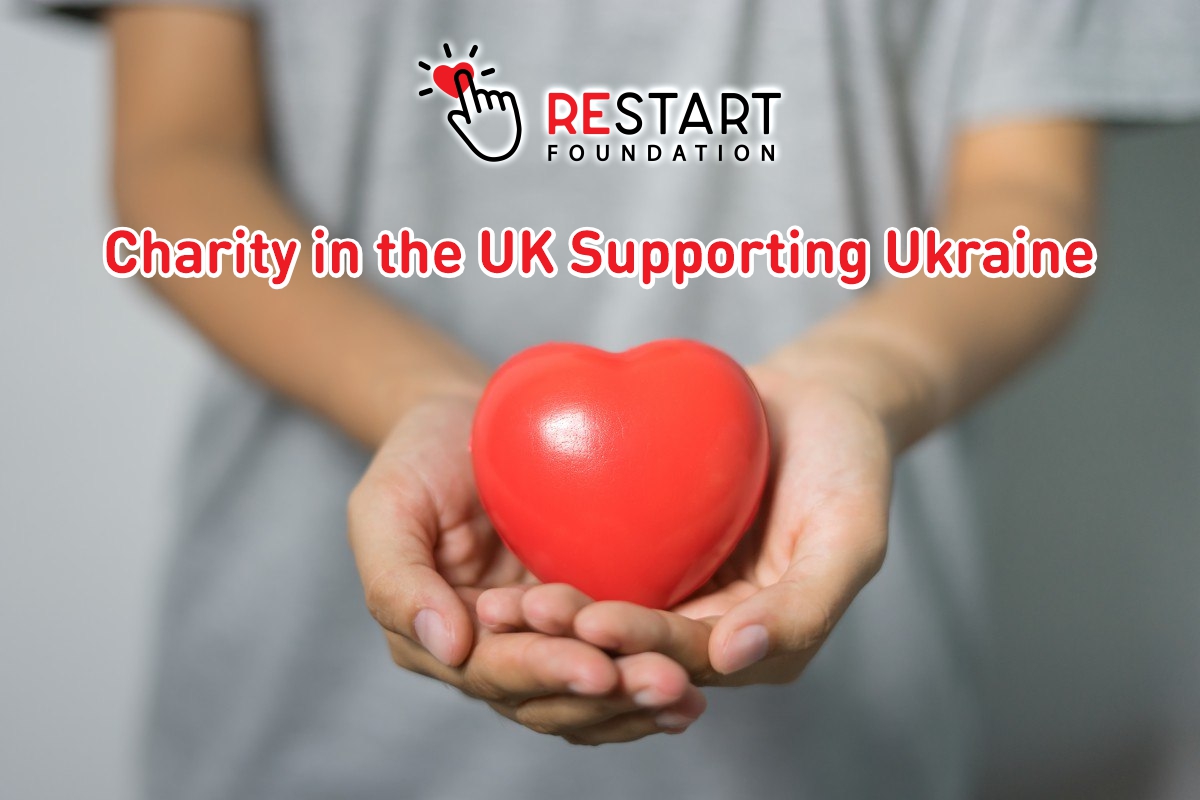A standard 16.9-ounce (500 ml) plastic water bottle filled with tap water typically takes around 2-4 hours to freeze in a standard home freezer set at 0°F (-18°C).
The freezing time for a bottle of water can differ based on various factors like initial water temperature, freezer temperature, and container size.
In a standard home freezer set at about 0°F (-18°C), a 16.9-ounce (500 ml) plastic water bottle filled with tap water typically freezes in approximately 2-4 hours.
However, if the water is already very cold to start with, it will freeze more quickly. Conversely, if the water is at a relatively warm temperature, it will take longer to freeze. Thicker bottles or containers with more insulation may also increase the freezing time.
Factors Affecting Freezing Time
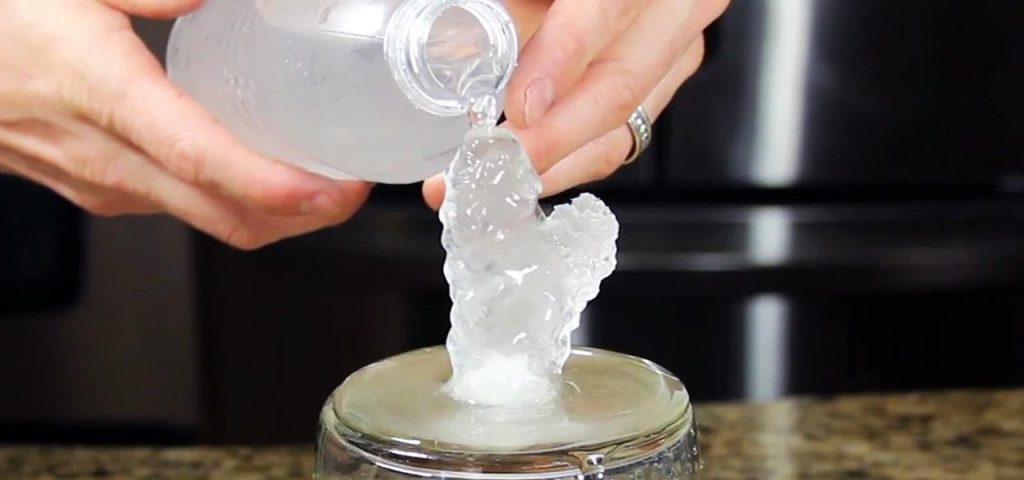
The initial temperature of the water
Cold vs. room temperature water
- Cold water typically has a temperature around 4°C (39°F), whereas room temperature water is typically around 20°C (68°F).
- The initial temperature of the water significantly affects freezing time, with colder water freezing more quickly than room-temperature water. In general, the colder the water, the faster it will freeze.
Freezer temperature
Standard home freezer settings
- Standard home freezers are typically set to maintain a temperature of around -18°C (0°F) to -20°C (-4°F).
- The freezer temperature is a critical factor in determining freezing time. Lowering the freezer temperature can expedite the freezing process, while a warmer freezer setting will slow it down.
Container type and size
Plastic vs. glass bottles
- Plastic containers are poor conductors of heat compared to glass, so water in plastic bottles may freeze slightly faster.
- The difference in freezing time between plastic and glass containers is relatively small, but it can be a consideration when trying to minimize freezing time.
Smaller vs. larger containers
- Smaller containers of water will generally freeze more quickly than larger ones.
- This is because smaller volumes of water can lose heat more efficiently to the surrounding environment, leading to faster freezing.
- Larger volumes of water have a higher heat capacity, slowing the freezing process.
The Typical Freezing Process
The Phase Transitions Involved:
The freezing process, such as transforming water into ice, involves several key phase transitions. These transitions are essential in understanding how a liquid changes into a solid. Let’s break down the phases:
Liquid to Solid (Water to Ice): Water exists in a liquid state at temperatures above its freezing point, which is 0 degrees Celsius (32 degrees Fahrenheit) at standard atmospheric pressure.
When the temperature of water decreases, it reaches a critical point where the kinetic energy of water molecules is reduced significantly.
Here’s a small overview of how long it takes for a bottle of water to take to freeze.
- Freezing Point of Water: 0°C (32°F)
- Energy Change during Phase Transition: Approximately 334 Joules per gram
- Specific Heat Capacity of Ice: Approximately 2.09 J/g°C
- Specific Heat Capacity of Liquid Water: Approximately 4.18 J/g°C
- Latent Heat of Fusion (Heat Required for Phase Transition): Approximately 333.55 J/g
Another thing, freezer repair involves diagnosing and fixing issues like temperature inconsistencies, faulty compressors, or broken seals to restore proper functioning. Regular maintenance and timely repairs can prevent food spoilage and extend the appliance lifespan.
Highlighting the Role of Temperature Gradients:
Temperature gradients are vital in the freezing process as they represent temperature changes over distance, and this differential drives the heat transfer.
In the context of freezing, there are two important temperature gradients to consider:
Surface-to-Interior Gradient: The outer layer of a liquid, in this case, water, is in contact with a colder environment or surface.
As the outer layer cools down due to this contact, it creates a temperature gradient between the surface and the interior of the liquid.
This temperature difference drives heat transfer from the interior of the liquid to the colder surface.
Interior Gradient: Inside the liquid, temperature decreases as you move from the surface towards the center. This internal gradient occurs because heat is being conducted away from the surface into the liquid.
As the liquid cools and reaches its freezing point, the internal temperature gradient helps in solidifying the entire volume of the liquid.
Understanding Heat Transfer During the Process:
Heat transfer is an integral part of the freezing process, and it occurs through the following mechanisms:
Conduction: Heat is transferred from the warmer interior of the liquid to the cooler surface and surroundings through direct molecular collisions. The higher the temperature gradient, the faster conduction occurs.
Convection: In cases where the liquid is in motion, such as in a pot of boiling water, convection currents can enhance heat transfer. However, in the freezing process, convection becomes less significant as the liquid becomes less turbulent.
Radiation: If the surroundings are colder than the liquid, heat can be radiated away from the liquid to its surroundings. This is particularly relevant when freezing in an open environment.
Estimating Freezing Times
General Guidelines for Freezing Times:
When estimating freezing times, it’s essential to consider the specific characteristics of the substance you are trying to freeze. Here are some general guidelines for freezing times, particularly for standard plastic water bottles:
Averages for Standard Plastic Water Bottles can be as follows:
- Standard plastic water bottles typically contain around 16.9 fluid ounces (500 ml) of liquid.
- In a standard home freezer, set to a temperature of around -18°C (0°F), a plastic water bottle filled with water should take approximately 2 to 4 hours to freeze completely.
- Smaller bottles with less volume may freeze faster, while larger bottles may take longer.
Mentioning Variations and Exceptions:
Several factors can influence freezing times, and there are exceptions to the general guidelines. Here are some factors that might speed up or slow down the freezing process:
Factors that Might Speed Up the Process:
- Smaller Volume: Smaller quantities of liquid will freeze faster than larger volumes. This is because there is less mass to cool down.
- High Initial Temperature: If the liquid in the bottle is at a higher temperature, it will generally freeze faster as the temperature gradient is greater.
- Efficient Freezer: Modern, well-maintained freezers with lower temperatures and proper airflow can freeze liquids more quickly.
- Thin-Walled Bottles: Plastic water bottles with thinner walls will transfer heat more efficiently, leading to faster freezing.
Factors that Might Slow Down the Process:
- Larger Volume: Larger containers or bottles will require more time to reach the freezing point due to their increased mass.
- Insulated Bottles: Some high-quality insulated bottles are designed to keep liquids cold, which can slow down the freezing process.
- Impurities or Additives: If the liquid in the bottle contains impurities, sugars, or other additives, it may have a lower freezing point, which can prolong the freezing time.
- Overcrowded Freezer: A freezer packed with many items can have reduced airflow and lower cooling efficiency, which may slow down the freezing process.
Practical Tips and Experiments: Tips for Faster Freezing
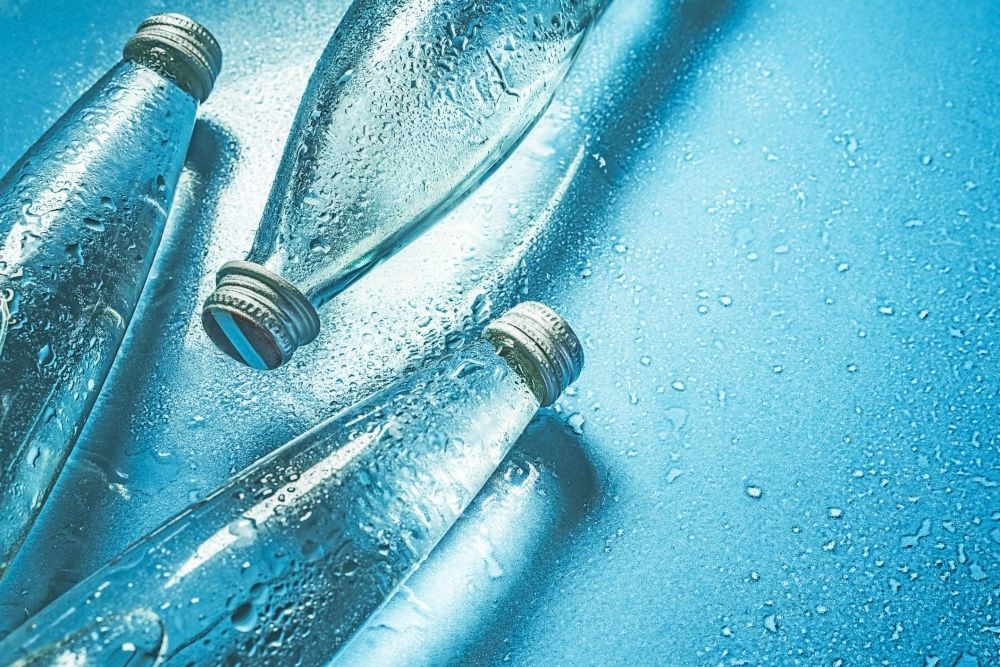
When you want to speed up the freezing process, consider the following tips:
- Use Smaller Containers: Divide your liquid into smaller containers or ice cube trays. Smaller volumes have a larger surface area relative to their volume, which allows for quicker heat transfer and faster freezing.
- Stirring: Agitating the liquid periodically while it’s in the freezer can help distribute the cold more evenly, accelerating the freezing process. This is especially useful when making homemade ice cream or other frozen treats.
- Pre-Chilling: If you’re making a beverage like iced tea or coffee, pre-chill it in the refrigerator before placing it in the freezer. Starting with a lower initial temperature will reduce the time needed to freeze.
- Use a Metal Container: Metal containers are better conductors of heat than plastic or glass. Using a metal container can speed up the freezing process.
- Use a Freeze-Accelerating Tray: Some specialized trays are designed to speed up the freezing of liquids. They contain a cooling gel or have a unique design to facilitate quicker freezing.
FAQs
How long does it take for a standard 16.9-ounce plastic water bottle to freeze in a home freezer?
It typically takes around 2-4 hours.
Does the initial water temperature affect freezing time?
Yes, colder water will freeze more quickly than room-temperature water.
What’s the ideal freezer temperature for fast freezing?
A standard home freezer set at 0°F (-18°C) is ideal for most freezing purposes.
Do glass bottles freeze at the same rate as plastic bottles?
No, glass bottles tend to take longer to freeze than plastic bottles due to differences in heat conductivity.
Can the size of the container affect freezing time?
Yes, smaller containers generally freeze faster than larger ones.
Why does water expand when it freezes, and how does this impact freezing time?
Water expands when it freezes because of its unique molecular structure, but this expansion doesn’t significantly impact the freezing time of a small bottle of water.
Can I speed up freezing by shaking the water bottle?
Shaking the bottle won’t noticeably speed up the freezing process.
What happens if I leave a water bottle in the freezer for too long?
If left in the freezer for an extended period, the water can eventually freeze completely, and the bottle may burst due to ice expansion.
Is it safe to drink partially frozen water from the bottle?
Yes, it’s safe to drink partially frozen water; it’s still just frozen water in a partially solid state.
Are there any practical tips for faster freezing?
Yes, you can increase the freezing speed by making sure your freezer is set to the coldest temperature and by placing the bottle near the freezer’s vents.
Why is it important to understand freezing times for water bottles?
Understanding freezing times can help you plan ahead, especially when you need a cold drink or when you want to prevent bottles from bursting in the freezer.
Conclusion
Ultimately, the freezing time of a water bottle relies on factors like water temperature, bottle size, freezer temperature, and how efficient the freezer is.
Typically, it takes a few hours to freeze a standard-sized bottle of water in a home freezer set at around -18°C (0°F).
However, larger bottles or lower freezer temperatures may require more time. It’s best to check the water’s state periodically to determine when it has frozen to your desired level of solidity.



